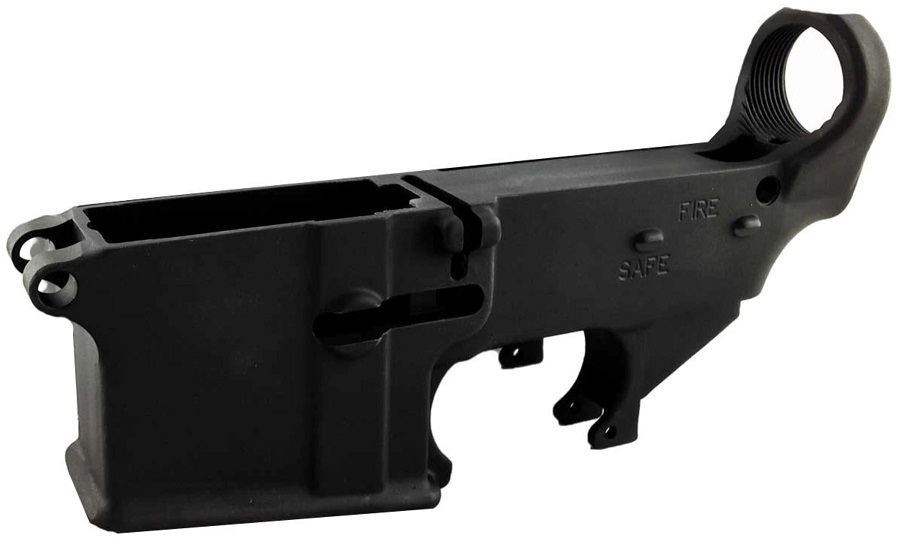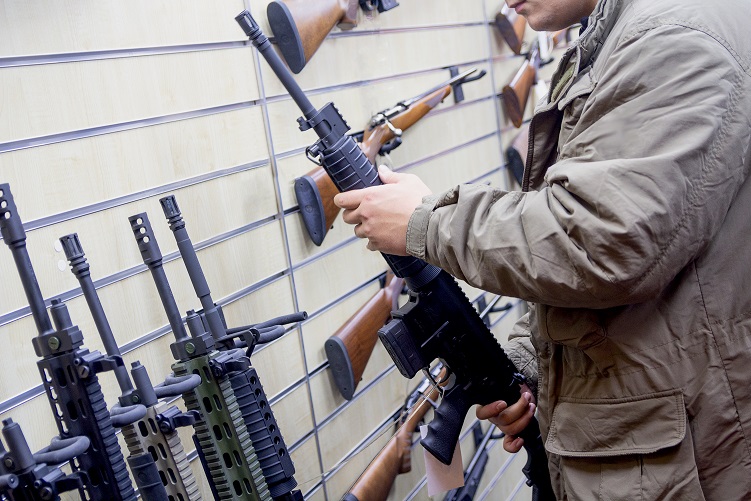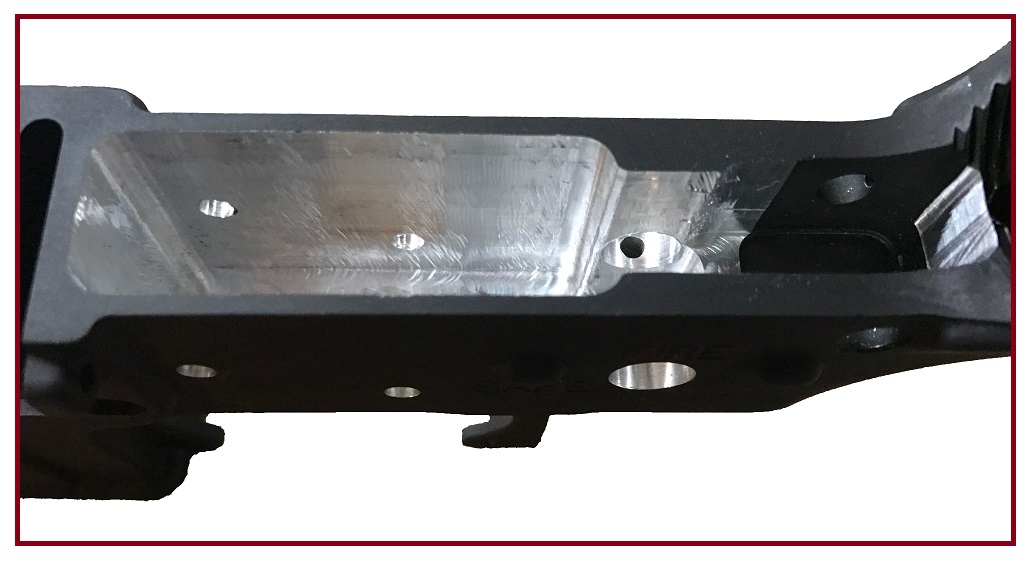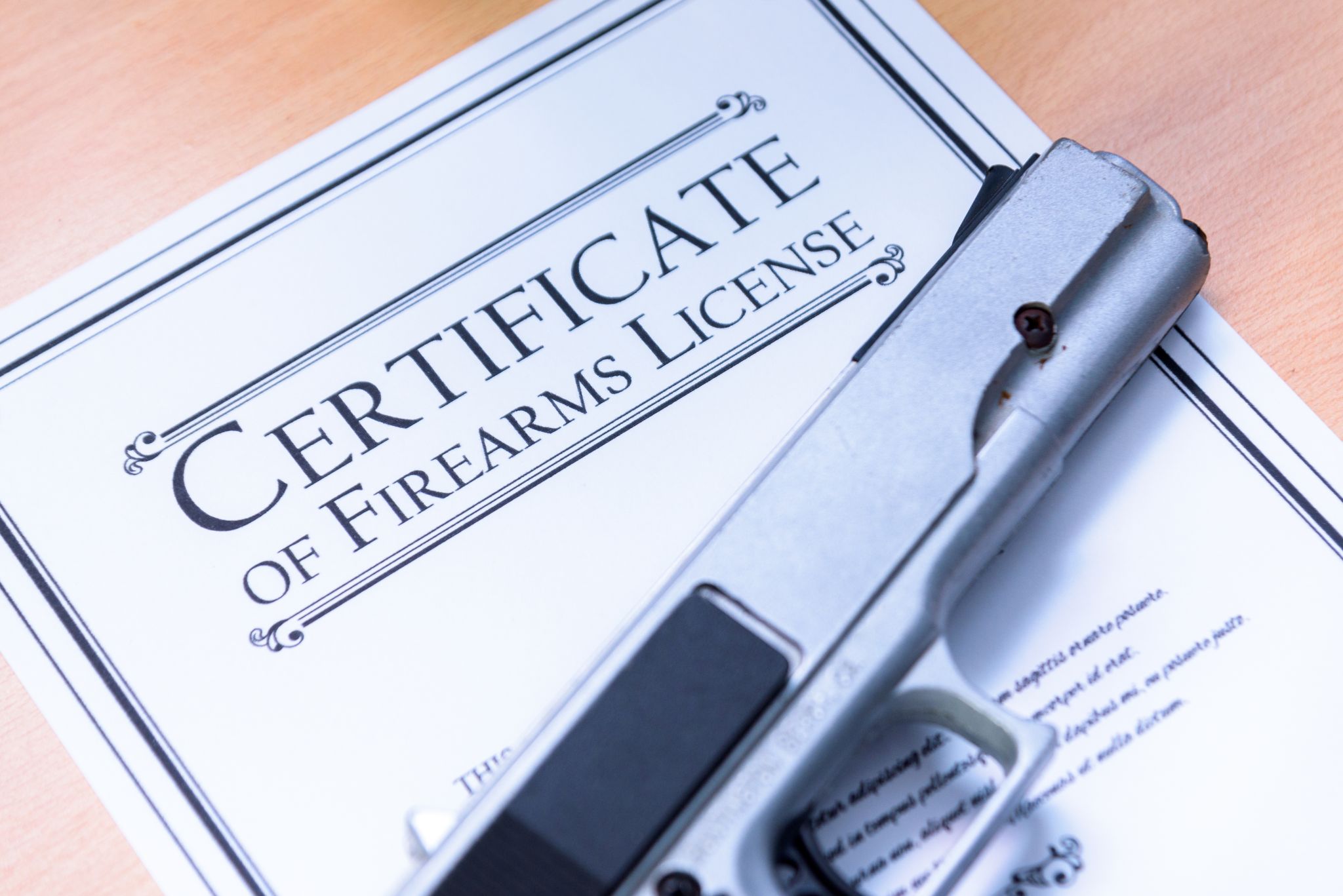Buying vs. Building an AR-15: Pros and Cons
Posted by Gun Builders Depot on Dec 29th 2020
If you hadn't guessed by now, the AR-15 is one of the most popular firearms sold in America. But its popularity, combined with its ease of customization, has spawned a massive DIY market. More than ever, gun owners are building their black rifles instead of buying preassembled ARs off gun dealers' shelves.
Is it worth it to build your new rifle? Or should you buy one? Here are the pros n' cons.
Building an AR-15

Building an AR-type rifle or pistol is easy: The weapon's highly standardized, and virtually all parts made by all makers are compatible with one another, as long as those parts are made for the same caliber. Even the AR's many calibers still share most of their parts, save for barrels and bolts. Going the built route means two options, here:
- Buying the firearm component, the stripped lower, and assembling it.
- Fabricating this firearm component from scratch and then assembling it.

You'll need something called an 80% lower if you pick option #2. There are certain advantages in building this way, which we'll cover. Once you've gotten your hands on the firearm part of the AR-15, completing your build is easy. Barreled AR uppers (the part of the weapon that chambers and fires a live round) are already assembled, leaving only the trigger and parts kit in the lower receiver (the firearm) requiring assembly by the end-user. This can be accomplished in about an hour or two using some simple tools.
This instructional guide covers how the lower is assembled.
Buying an AR-15

Buying an AR-15 is like buying any other firearm: Go online to a licensed dealer, or visit an FFL's brick-and-mortar store. Pick out the rifle you want or can afford, and fill out a Form 4473 (the ATF's Firearm Transaction Record). Pay a bunch of fees and taxes, wait for your background check to clear, and go home with your new rifle or pistol. Of course, that's how buying an AR-15 should go under federal law. Some states have tacked on additional hoops one must jump through to access the Second Amendment. You may need to wait a few days or two weeks to pick up your new rifle, or you might have to pass an arbitrary firearm class or exam. If you're buying online, you'll need to have your AR shipped to a local dealer to arrange for your background check and fees to be paid.
Pros and Cons
First, no choice is wholly better than the other. Depending on your wants, needs, budget, and what you value in your AR-15, you will find one choice marginally better than the other. Both options provide unique and mutually exclusive advantages. Let's compare:
Cost
This is probably concern #1 for anyone buying a gun: What's it going to cost, and how can we make it less expensive? Building an AR-15 -- even if you buy a stripped receiver and pay the transfer fees and taxes -- is usually less expensive than buying an assembled, branded rifle from a dealer. That's because added costs are baked into the completion and sale of retail rifles: The manufacturer has to pay more employees to not only fabricate parts but piece them together. That weapon needs to be inspected and test-fired before being sold, too. Its very creation and transit need to be recorded with the ATF, and distributors and other overhead costs rack up along the way.
When you build an AR-15, you're eliminating many of those added costs. If you buy a stripped receiver, you still need to pay an FFL and some fees. But you can almost always source parts, including a receiver, directly from manufacturers. Since the weapon isn't assembled, you're reducing the costs of putting it together and making sure it functions. You're also ditching the costs of distribution and retail mark-up.
If you choose to fabricate your receiver from an 80% lower, you will have to pay for the tools to get the job done. That means buying a jig and at least a drill press. 80% lowers are typically less expensive than stripped receivers -- again, referencing those added costs. You'll also offset the costs of tools partially by saving cash on the FFL, fees, background check, and any extra taxes. Keep in mind that some states still require background checks for 80% lowers (or they've banned them outright). So, check your local and state laws.
Winner: Build.
Quality

Those who advocate for buying a retail rifle say that you'll get better performance compared to a similarly configured, homemade gun. This is false. Since the AR-15 is so heavily standardized, it's difficult to build an unreliable rifle or pistol. In truth, the average 16"-barreled AR-15 uses a setup that's universal. That means there is no guesswork when it comes to picking the right parts.
The quality of the parts you'll build an AR with are on par with the parts you'd get on a rifle you bought. That's because all the parts you need to build already come from major manufacturers. Since manufacturers need to maximize production, they've all but guaranteed their AR parts fit together easily, with no modification or custom gunsmithing required. Of course, mixing parts from different makers can invite small cosmetic differences or tight tolerances that require sanding or fitting. One maker's receiver may appear a different shade of black than another maker's handguard, for example.
Those who go "full build" with an 80 percenter can rest assured knowing the finished receiver's internal dimensions, pin holes, and cavity are identical to that of a retail stripped receiver. A finished 80% lower is shown above to illustrate. At this stage, it is ready for assembly with a parts kit and upper. The freshly-cut aluminum inside does not require an anodized coating or other treatment, either.
Winner: Tie.
Convenience
There's little argument to be made here: Buying a gun is easier than building one. If you're an advanced shooter who wants a unique AR chambered in a niche cartridge (like 9mm or 6.5 Grendel) then you may find it more convenient to build for the sake of customization and a lack of options at your local dealer. It'd make little financial sense to buy a base retail rifle in another configuration, only to strip all its parts and reconfigure it to do exactly what you want. Otherwise, it is just easier to walk into a gun store and walk out with a new rifle.
That's not say building is difficult. Even if you choose to fabricate a receiver from an 80 percenter, the process isn't too hard. Total machining time for novice builders runs about two hours, if you're using a drill press. With a mill, the work can be cut down to approximately 30 minutes. If you buy a stripped lower and piece it together, total assembly time will take around 1 hour for the parts kit. Then throw your barreled upper on and hit the range.
Winner: Buy.
Performance

If you buy the right parts, you will see better performance in a rifle you built compared to a similarly priced rifle purchased from a dealer. Rather than being stuck with the "entry-level" or standard stuff that most AR makers throw on their mass-produced rifles, you can use some of your cost savings in building to invest in upgrades: Custom barrels, bolt carriers, and handguards all make for more reliability and accuracy. This is especially true for pistol calibers and high-performance cartridges, whose manufacturers haven't catered to the retail rifle market so much.
Constitutionality

This is a comparison unique to the AR-15, largely thanks to that 80% lower receiver. Unlike other firearms, fabricating an AR-type weapon truly from scratch doesn't require complex equipment or gunsmithing experience. And federal law has long held it's legal to fabricate a firearm from scratch without a license for personal use, save for state's restrictions on the practice and parts.
Since the 80% lower is not considered a firearm under federal law, buying and fabricating one doesn't require a Form 4473 or FFL transfer. Federal law says you do not a license to build a gun or to buy an 80% lower, nor do you need need to pay extra fees or taxes, since the lower's treated like other non-firearm parts. Exercising these federal rights as written in the Gun Control Act of 1968 supports the Second Amendment, too.
Winner: Build.
Frequent Questions
Q: Are homemade AR-15s different from retail rifles?
A: Functionally, no. Rifles sold by dealers use the same aluminum, polymer, and steel parts you'd buy piece by piece to make your own AR. A homemade gun might use different makers' parts, in which case, your custom AR will have different markings or coatings.
Q: Is building an AR-15 legal?
A: Under federal law, yes. The AR-15 is legal to own and per the ATF, one can assemble one from scratch for personal use without a license. Some states have banned certain rifles, pistols, and firearm parts.
Q: Can I build an AR using a donor gun?
A: Yes, as long as the donor gun's parts are compatible with the caliber you're building. The AR platform is split into two configurations, .30-caliber (AR-10 or LR-308) and .22-caliber (AR-15). Each configuration is capable of chambering numerous cartridges. Alternatively, you can also buy a parts kit. These kits include everything except a lower receiver (the firearm) and magazine. These kits are not considered firearms themselves.
Q: What types of calibers can I build and chamber?
A: The AR-15 platform can chamber 5.56 NATO, .223 Remington, 9mm, 300 Blackout, 6.5 Grendel, .50 Beowulf, and other calibers. The AR-10/LR-308 platform can chamber .308 Winchester, 7.62x51 NATO, 6.5 Creedmoor, and similar .30-caliber loads.
Q: What is an AR-15 rifle compared to a pistol?
A: This guide covers what an AR-15 pistol is, and how it is different from a rifle and short-barreled rifle (SBR).
Q: I want to build. How do I get started?
A: It's best to understand the optimal setup for your AR-15, based on caliber and configuration. We recommend starting with our Complete Parts Guide.
Q: Are 80% lowers available for all builds?
A: Yes. Available options can be found here, for AR-15 and AR-10.
Q: What tools do I need to build?
A: You'll need a roll pin punch set for the lower parts kit. You'll also need an Armorer's Wrench to install your buffer tube. The wrench and a vise are required if you're installing the barrel on the upper receiver yourself.
DISCLAIMER: If you are new to the world of DIY gun building, you likely have a lot of questions and rightfully so. It’s an area that has a lot of questions that, without the correct answers, could have some serious implications. At GunBuilders.com, we are by no means providing this content on our website to serve as legal advice or legal counsel. We encourage each and every builder to perform their own research around their respective State laws as well as educating themselves on the Federal laws. When performing your own research, please be sure that you are getting your information from a reliable source.

